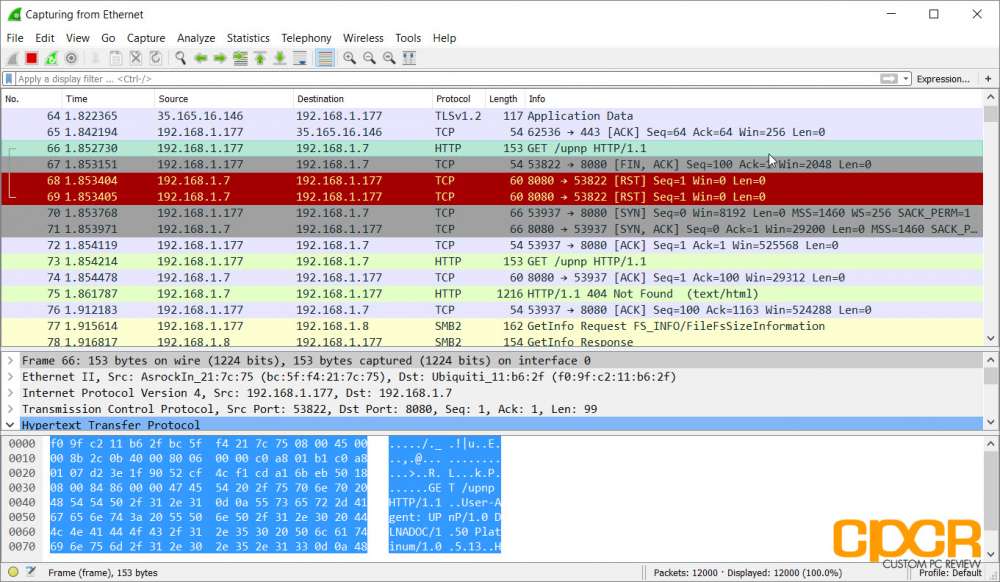


It wouldn't make sense to let Wireshark run until it happens since this will increase the server's load, but moreover, it will create a large capture file that is impossible to work with.

Sometimes it isn't easy to reproduce a scenario. Send the (filtered) capture to Hanwha support Start Wireshark (with the capture filter enabled)ĥ. It is recommended to follow the steps below ġ. To find the proverbial needle in the haystack as quickly as possible. Wireshark will create huge files in a short amount of time and with lots of lines to investigate. Information for the client's PC and not the intended camera. Name the capture file, retaining the extension as Wireshark/…-pcapng NOTE: Files created on a WAVE Client PC instead of from the WAVE Server. To finish a capture, click the red square on the top-left of the screenĦ. Double-click the interface or press the Start button on the top left (the blue shark fin)Ĥ. Enter the Capture Filter in the applicable field by entering host Example: host 192.168.178.40.ģ. Single click on the intended Network InterfaceĢ. To perform the filtered capture, please follow the steps below:ġ. To collect the packets more efficiently, you can use the capture filter to grab only the specific communication you need, usually the communication between the Wave Server and the camera or vice versa. If you have the choice between a wireless interface and a wired interface, it is preferred to use the wired interface since it provides a better quality of capture with less clutter. The correct interface is the interface that connects the server to the camera. The server would have to run on.Īlthough it is possible to capture the communication indirectly, for this article, we will describe the method of a direct install where Wireshark is installed and running on the same device as the WAVE application is running.Īssuming that you have successfully installed Wireshark on the same device as the WAVEapplication is running, you can start the capture by double-clicking the correct network interface or do a single-click on the proper network interface and click on the blue shark fin on the top-left of the screen. NOTE : For MAC O/S, we only have a client application for Wave. Wireshark is a cross-platform application, like the WAVE VMS, and is available for Windows, macOS, and Linux. It is a commonly used application for network troubleshooting, analysis, and many more applications. Wireshark is a free and open-source packet analyzer. This article will explain how to create a capture and keep it in mind when capturing the data.įirst, you need to download Wireshark. Sometimes our support team will ask you to create a Wireshark capture so that they can analyze the communication between the WAVE Server and a camera.


 0 kommentar(er)
0 kommentar(er)
